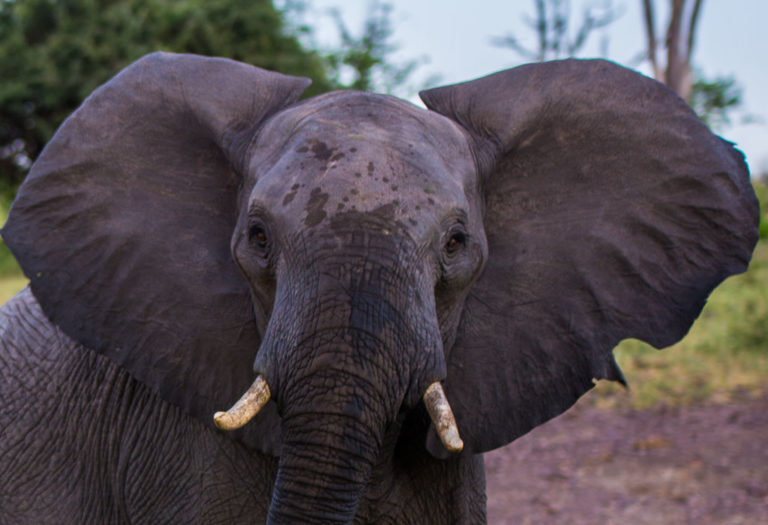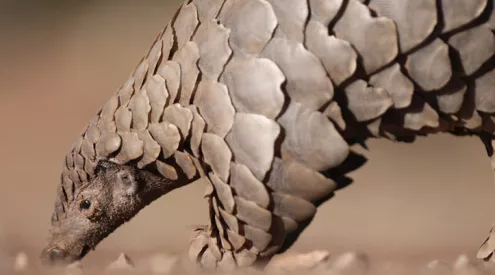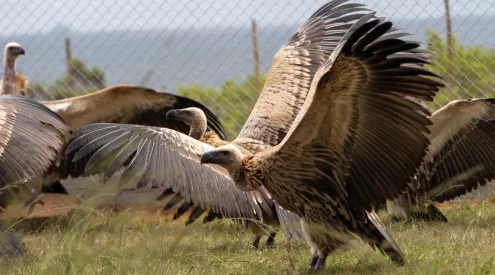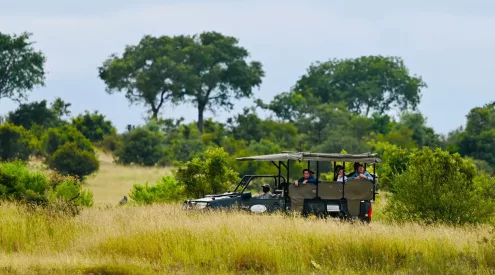In early May 2020, wildlife authorities announced an unusual increase in elephant carcasses discovered in the Okavango Delta. Since then over 350 elephants appear to have died from unknown causes. The tusks have not been removed from carcasses which rules out poaching.

A mysterious surge in elephant deaths has Botswana’s wildlife professionals perplexed.
Investigations also ruled out poisoning by humans – no other dead animals have been found in the proximity of the stricken elephants. Scavengers usually succumb to the same poisoning when feeding on stricken carcasses. Anthrax poisoning has also been discounted.
Several live elephants have been observed to be weak and emaciated suggesting there will be further deaths. Witnesses say some elephants were walking around in circles, unusual behaviour which could point to neurological impairment.
Authorities say the results from tissue samples taken from various carcasses are delayed due to logistical difficulties exacerbated by the coronavirus pandemic. We could expect results within two weeks.
The Ministry of Environment, Natural Resources, Conservation and Tourism says that three laboratories in Zimbabwe, South African and Canada have been identified to process the samples. They assure the public that tusks are being removed from carcasses within proximity to human settlements and continue to be destroyed.
Speculation by various wildlife professionals suggests the deaths could be related to last year’s drought followed by the intense flooding of recent months. This could drastically affect dietary intake and nutrition.
Concentrated in the north of the country, Botswana’s elephant population is the largest in the world. Estimates stand at 106,494 with a range of 84,898 to 128,090 due to seasonal movement. Elephants account for about 30% of the total herbivore biomass of Botswana.
Getaway is following this story closely and will report on future developments.
Image credit: Elise Kirsten


















